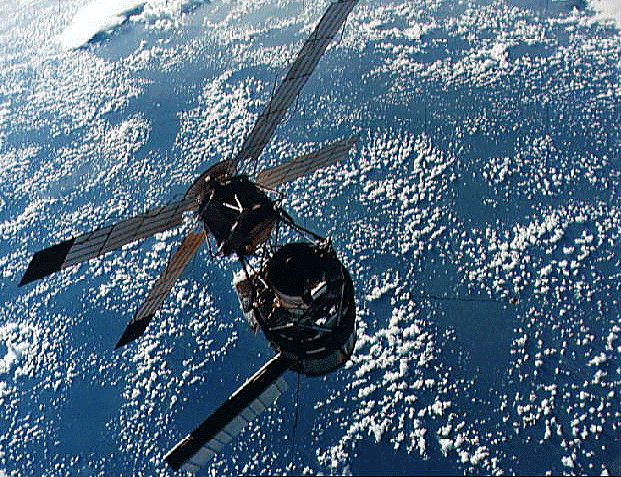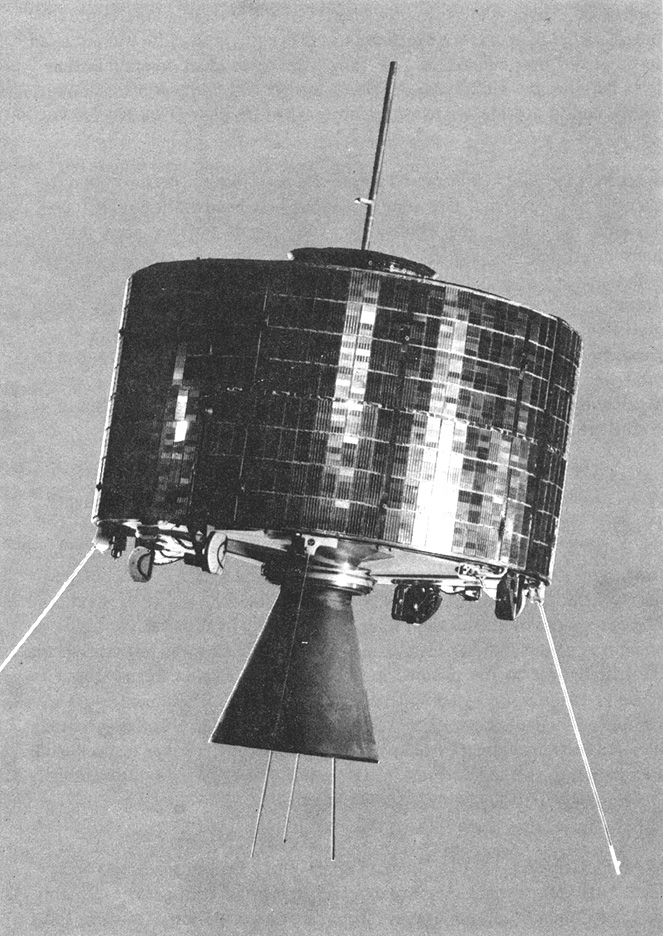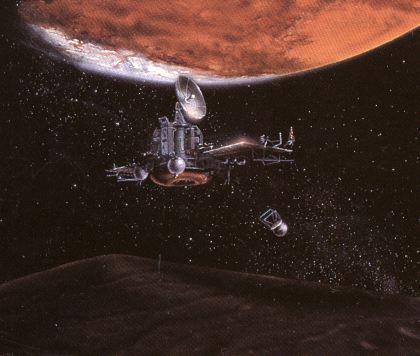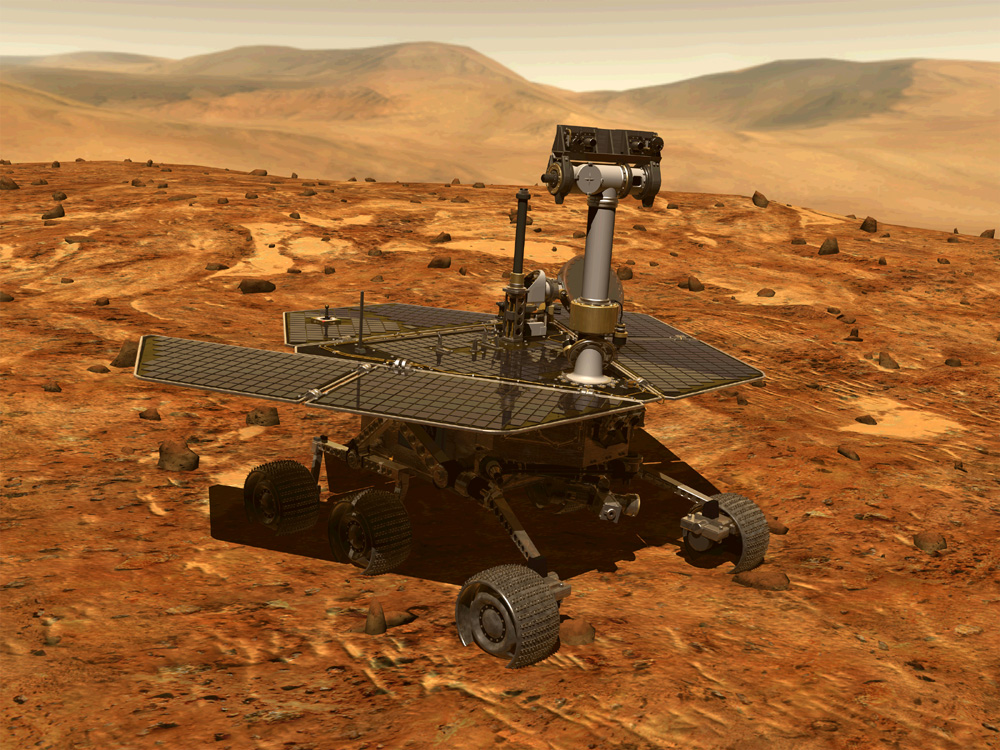Yesterday was a strange day … so odd that I missed posting a space history anniversary. It crossed my mind, briefly, once. I’m deeply disappointed in myself, of course.
It just so happens that forty years ago yesterday — August 9, 1973 — the USSR launched Mars 7 on a Proton K rocket from the Baikonur Cosmodrome.
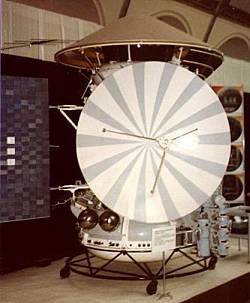
(Mars 7, essentially the same as Mars 6. Image from the National Space Science Data Center.)
Launched four days after its sister ship, Mars 6, and about two weeks after a companion pair of spacecraft, Mars 4 and Mars 5, Mars 7
reached Mars on 9 March 1974. Due to a problem in the operation of one of the onboard systems (attitude control or retro-rockets) the landing probe separated prematurely (4 hours before encounter) and missed the planet by 1300 km. The early separation was probably due to a computer chip error which resulted in degradation of the systems during the trip to Mars…. The lander and bus continued on into heliocentric orbits.
While we’re on the subject of ill-fated spacecraft, and to return to the usual space history routine, 45 years ago today — August 10, 1968 — Applications Technology Satellite 4 (ATS 4) launched from Cape Canaveral atop an Atlas Centaur. The rocket’s second stage failed, however, and stranded the spacecraft in a parking orbit instead of boosting it to the planned geosynchronous orbit. Put bluntly, even though some experiments were performed, “The primary objective of inserting a gravity-gradient-stabilized spacecraft into a geosynchronous orbit was not accomplished.”





